Market coverage 1
["Chile"]
Chile
Chile
Currencies 1
Chile Peso
Description
Sencillito is a common payment method used in Chile. It was created in 2010 by Transbank, which is the main payment processing company in Chile. Sencillito allows consumers to pay for products and services online or in-store using their credit or debit card.
To use Sencillito, consumers can simply select this payment option when placing an online order or when in a physical store. They will then be redirected to a payment form where they can enter their card information and validate the transaction.
One of the main features of Sencillito is its ease of use and fast processing time. It also allows merchants to accept payments without having to handle cash, which can be more convenient and secure for them.






